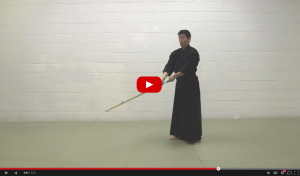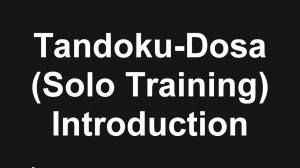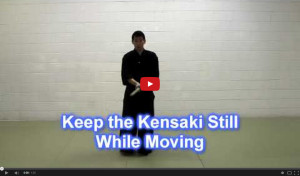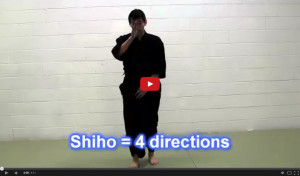I was looking for a video of Kinji Baba sensei. Baba sensei have written a lot of books and he is writing articles for Kendo Nippon magazine for a long time.
He looks at kendo as culture. And I have learned a lot from his writings.
Also he introduces “old” techniques in his writings so I really wanted to see how he fights.
He is not a jodan player but his theory is that everyone should know how to take jodan when reached at certain level. And he fights in jodan in this video.
Now here is the video. He comes out as a taisho at the last. It is easy to spot him because he is in white bogu!
Enjoy.




